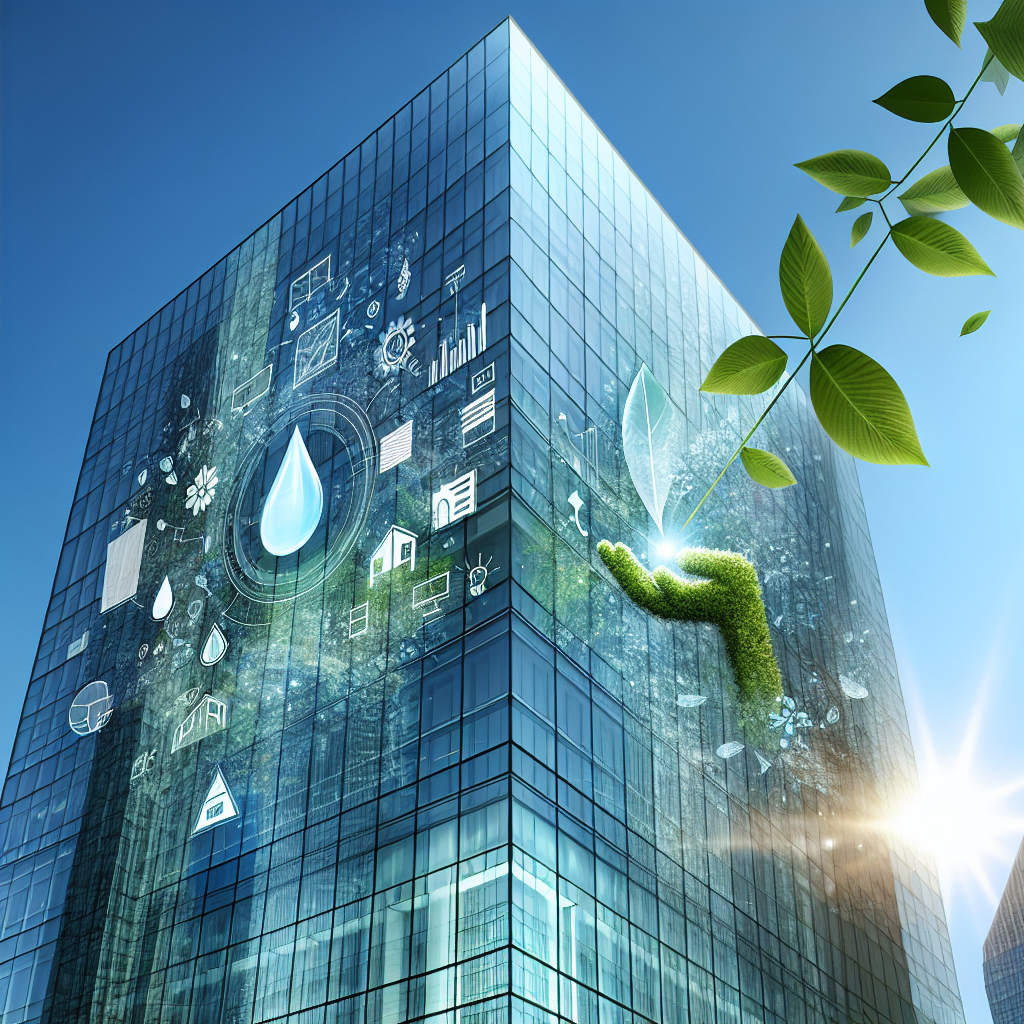In today’s environmentally conscious world, water efficiency has become a pressing concern for commercial buildings. With the rising costs and rapid depletion of freshwater resources, implementing water efficiency upgrades not only reduces utility bills but also promotes sustainability. In this article, we’ll explore practical strategies for optimizing water usage in commercial spaces, helping you save money while making a positive impact on the environment.
Understanding the Importance of Water Efficiency
Before diving into specific upgrades, it’s essential to understand why water efficiency matters. Commercial buildings often contribute significantly to overall water consumption, which can strain local water supplies, especially in areas prone to drought. Furthermore, regulatory pressures and corporate social responsibility initiatives are increasingly prompting businesses to adopt water conservation practices. By enhancing water efficiency, businesses can reduce their environmental footprint and improve their public image.
Assessing Your Current Water Usage
Conduct a Water Audit
The first step toward water efficiency is understanding your current water usage. A comprehensive water audit can help identify areas where water conservation is possible. This process typically involves:
- Reviewing water bills for trends and spikes
- Evaluating water infrastructure for leaks or inefficiencies
- Observing water use patterns across different departments or facilities
Identify Key Areas for Improvement
Once you have a clear picture of your water usage, focus on high-consumption areas such as restrooms, kitchens, landscaping, and cooling systems. Each of these zones presents unique opportunities for upgrades that can significantly reduce overall water consumption.
Effective Upgrades for Water Efficiency
1. Install Low-Flow Fixtures
One of the most effective ways to improve water efficiency is by installing low-flow fixtures in restrooms and kitchens. Low-flow faucets and showerheads can reduce water flow without sacrificing performance. Similarly, dual-flush toilets enable users to choose between a low volume for liquid waste and a higher volume for solid waste, saving gallons of water with each flush.
2. Upgrade Irrigation Systems
Landscaping can account for a significant portion of water use in commercial buildings, especially in arid climates. Upgrading to smart irrigation systems helps monitor weather conditions and soil moisture levels to water plants only when necessary. Drip irrigation systems can also target specific plants, minimizing water waste while ensuring healthy landscaping.
3. Implement Rainwater Harvesting
Rainwater harvesting systems capture and store rainwater for non-potable uses such as irrigation, toilet flushing, and cooling systems. This method not only conserves potable water but also reduces stormwater runoff, contributing to better water management.
4. Optimize Cooling Systems
Cooling systems are vital for maintaining comfortable indoor temperatures in commercial buildings but can consume large amounts of water. Upgrading to a closed-loop cooling system can significantly reduce water consumption by recycling water within the system. Regular maintenance, such as cleaning cooling towers, also helps maximize efficiency.
5. Utilize Water-Efficient Appliances
Consider upgrading kitchen and laundry appliances to models that use less water. Look for appliances with high-efficiency ratings that utilize advanced technology to minimize water usage while maintaining performance.
Educating and Engaging Staff
Promoting Water Conservation Culture
Upgrading your building’s infrastructure is just half the battle. Building a culture of water conservation within your organization is equally important. Engage your staff through:
- Workshops: Conduct educational sessions that highlight the importance of water conservation.
- Incentive Programs: Implement rewards for departments that reduce their water usage.
- Regular Communication: Keep water efficiency on the agenda in meetings and newsletters.
Involve Stakeholders
Include stakeholders in your water efficiency initiatives. Tenants, employees, and even customers can play a role in conservation efforts. Encourage feedback and suggestions to foster a collective commitment to water-saving practices.
Monitoring and Continuous Improvement
Track Progress
After implementing various upgrades, it’s crucial to monitor the results. Continuously track water usage to assess the effectiveness of each upgrade. Use water metering technology to gather real-time data, helping you make informed decisions about future initiatives.
Be Ready to Adapt
The landscape of water conservation is ever-evolving. Stay updated on new technologies and methods that can enhance water efficiency in your commercial building. Regularly revisit your water management strategy to ensure it remains relevant and effective.
Conclusion: The Long-Term Benefits of Water Efficiency
Investing in water efficiency upgrades for your commercial building delivers immediate financial benefits while contributing to environmental sustainability. By taking a proactive approach and employing targeted upgrades, organizations can significantly reduce their water usage, lower utility costs, and cultivate a reputation as a responsible corporate citizen.
Ultimately, every drop saved today is a step toward a more sustainable tomorrow. Join the movement toward water efficiency and make a meaningful impact in your community and beyond.


